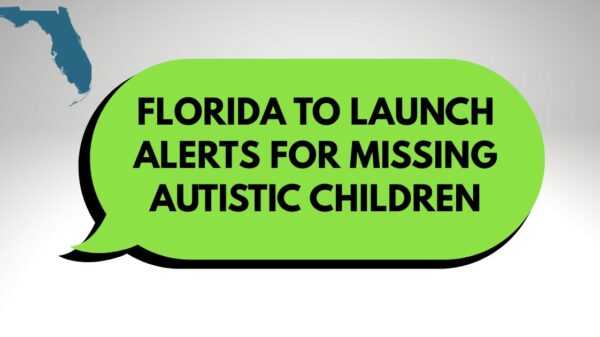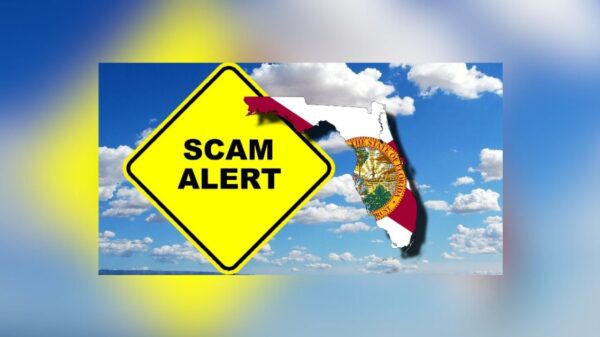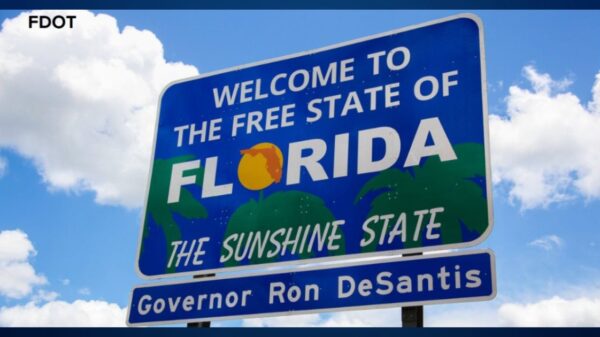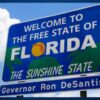This week, U.S. Sen. Marco Rubio, R-Fla, joined CNN News Central to discuss the latest on Hurricane Idalia.
Rubio talked about how Florida is weathering Hurricane Idalia:
“The National Weather Service, the Hurricane Center deserves a lot of credit. They’ve improved on their forecast every year. Not just the ability to predict where it’s going to hit, but the ability to predict intensity has been excellent. They deserve that credit.
“I talked to the sheriff of Taylor County – that’s where Keaton Beach is – early this morning, about 7:40, shortly after landfall. I was glad to see I could get cell phone coverage. At that time, they were dealing with the winds.
“The real concern that I have, and that I think you’re hearing from the meteorologists and the experts, is not so much the eye of the storm, but the sustained winds for some period of time in areas to the east of that storm, then up north…, where you’ve got all those live oaks, this huge tree canopy that’s very vulnerable, that’s never really been tested by a storm of this magnitude. Then you’ve heard a lot about the storm surge.
“Cedar Keys is a historic fishing village-type setting. Keaton Beach is actually one of the most unspoiled places in our state. Those places are going to be dramatically transformed, as are a bunch of areas on this path, because of the tree cover that they have up there, which looks more like Georgia than tropical South Florida.
“We got a few more hours ahead here of wind. The only good news, if there is any, is that we avoided the worst-case scenario in Tampa Bay, which is the one we’re always afraid of. They are still going to have some storm surge there. But it’s not going to be the worst-case scenario.”
Rubio also weighed in on whether Floridians have heeded official warnings to evacuate:
“Based on what state officials and local officials have told us, there are always going to be some people that stay behind. I think that’s true in Taylor County. The good news is they know who these people are and where they live. The bad news is if they get in trouble out there, no one’s going to be able to get to them for quite some time.
“There’s been an innovation here over the last few years – it’s still listed as an experimental model, but they’re relying more and more on it – and that is the ability to predict storm surge. It’s increasingly building into the way we forecast these storms and the way we advertise them to the public. For the first time in hurricane season, I’ve seen news outlets like CNN and the local outlets actually go to the storm surge projection, the storm surge cone, before they go to the wind cone.
“That’s very encouraging, because that really mean wind is a very dangerous thing, but that storm surge [is worse]. I don’t think [that] was really built into the way we analyzed or thought about storms in the past, and I’m very happy to see that it’s working itself into the forecast, and that it’s proved quite accurate in predicting the danger and the right places to evacuate.”
Rubio spoke about whether Floridians have been trapped or killed in Taylor County:
“I have not [heard of people trapped or loss of life]. That doesn’t mean there isn’t any. As the storm blows through, you’re going to lose power. You’ll lose cell connectivity. I was just checking a moment ago – I think there were up to almost 300,000 people in the state without power, in this area primarily. It’s possible those calls haven’t gone through. And even if they did, it’s possible they can’t get to them.
“I’m not getting real time information on that. The emergency operations center would know more about that, and others at the state level. But it’s almost certain that there will be people out there that stayed behind, that are going to get themselves in some trouble in the hours to come, unfortunately.”
Finally, Rubio spoke on how hurricanes are changing Florida’s built landscape:
“I’ll give you an example – Monroe County. [A storm] destroyed all the mobile home parks, everything that was down there, back in, I believe, 2018. What’s going to get rebuilt is not just going to be up to code, meaning up to modern code to withstand that kind of event, but it’s going to be a lot more expensive, just because of the cost of building it at that level.
“Think about it, if you’re the owner of land that has a mobile home park, and now you can sell it to someone who’s going to develop it into $1 million townhomes, you’re going to go with the $1 million townhome offer. It changes the nature and the character of these places.
“You talk about Mexico Beach – we could see the area overhead, and you could literally identify which were the houses that were built up to the modern code and which ones were pre-existing in how they withstood the wind. The water event is a very different dynamic. There’s only so much you can do. You can elevate a little bit, but when you’re talking about seven, eight feet of storm surge, it’s very tough to build against that.
“In the Gulf of Mexico, we have a very low shelf. I’m not a marine geologist, but I know there’s a very low shelf there. The water piles up much faster. Then you’ve got the inland flooding, too, if you’ve got significant rain events. It’s changing the character of these communities. You’ll see that increasingly in Fort Myers Beach, in southwest Florida, as a result of last year’s storm.”























